Figures & data
Table 1 Characterizations of BN nanomaterials (mean ± SD)
Figure 1 TEM images of BNNSs and BN-800-2.
Notes: BNNSs (A) and BN-800-2 (B) in water after sonication.
Abbreviations: TEM, transmission electron microscopy; BNNSs, boron nitride nanospheres; BN-800-2, highly water-soluble boron nitride.

Figure 2 Biological adverse effects of BNNSs and BN-800-2 on life span, growth, locomotion behavior, progeny, and expression of related genes in Caenorhabditis elegans.
Notes: Adverse effect on the life span of age-synchronized L4-stage larvae exposed to different concentrations of BNNSs (A) or BN-800-2 (B), cultured consecutively (n=30). The length of C. elegans on exposure to different concentrations of BNNSs (C) or BN-800-2 (D) was measured every 24 hours from L1-stage larvae to adults for 3 days consecutively (n=10, three repeats). Effects of exposure to BNNSs or BN-800-2 on head thrashes (E) and body bends (F) of L4-stage larvae after exposure for 24 hours (n=15, three repeats). (G) Number of progeny per worm exposed successively to different concentrations of BNNSs or BN-800-2 in L4-stage larvae (n=10). (H) Relative expression of growth- and longevity-related genes in L4-stage larvae with exposure to BNNSs or BN-800-2 at a concentration of 500 µg·mL−1 for 24 hours (n=3). Three experimental repeats (three technical replicates for each experiment); C, control. All genes were normalized to ACT1 mRNA level and expressed as fold change relative to the untreated control. Worms were maintained in K medium in 24-well plates at 20°C in an incubator. Data presented as means ± SEM. *P<0.05; **P<0.01.
Abbreviations: BNNSs, boron nitride nanospheres; BN-800-2, highly water-soluble boron nitride; SEM, standard error of mean.
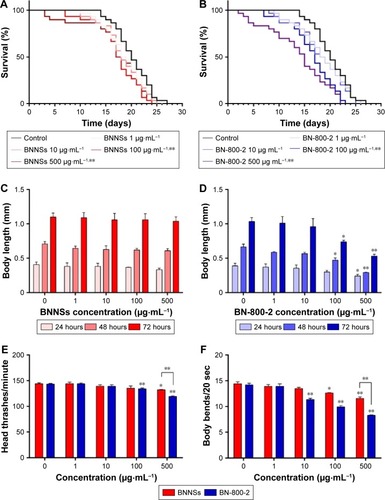
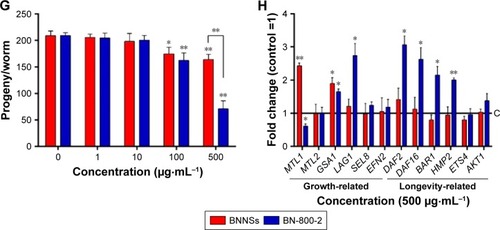
Figure 3 Alterations in ROS production and related-gene mRNA levels in BNNS- or BN-800-2-exposed Caenorhabditis elegans.
Notes: (A) Representative fluorescent micrography showed intestinal ROS production in worms exposed to BNNSs or BN-800-2 at different concentrations for 24 hours. (B) Quantification of average integrated optical density of ROS production in BNNS- or BN-800-2-exposed C. elegans (n=50). (C) Relative expression of genes related to oxidative stress response, including MAPK-signaling pathway, in C. elegans with exposure to BNNSs or BN-800-2 at a concentration of 500 µg·mL−1. Three experimental repeats (three technical replicates for each experiment); C, control. All the respective mRNA levels were normalized to ACT1 mRNA levels and expressed as fold change relative to the untreated control. All experiments were done by exposing L4-stage larvae to BNNSs or BN-800-2 into K medium in 24-well plates for 24 hours at 20°C. Data presented as means ± SEM. *P<0.05; **P<0.01. Scale bar 200 µm.
Abbreviations: ROS, reactive oxygen species; BNNSs, boron nitride nanospheres; BN-800-2, highly water-soluble boron nitride; SEM, standard error of mean.
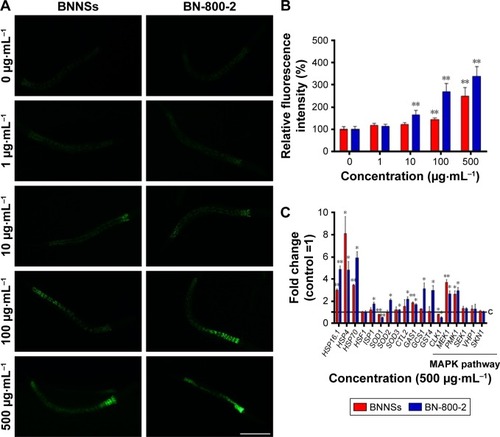
Figure 4 In vivo accumulation of BNNSs or BN-800-2 in Caenorhabditis elegans.
Notes: (A) Representative fluorescent micrography of control (untreated) and L4-stage larvae after being treated with RhoB-labeled BNNSs or BN-800-2 (500 µg·mL−1) for 24 hours. Arrowheads indicate the pharynx. Inset images are enlargements of regions outlined by small boxes. (B) After being treated as in A, worms were transferred and cultured in pure K medium for defecation for 24 hours. (C) Quantification of average integrated optical density of RhoB in worms with persistent 24-hour exposure or worm-defecated materials for 24 hours after being treated as in A (n=50). (D) In vivo accumulation-assay procedure for exposure and defecation of BN materials. Worms were maintained in K medium in 24-well plates at 20°C in an incubator. Data presented as means ± SEM. **P<0.01. Scale bar 200 µm.
Abbreviations: BN, boron nitride; BNNSs, boron nitride nanospheres; BN-800-2, highly water-soluble boron nitride; DIC, differential interference contrast; RhoB, rhodamine B; SEM, standard error of mean.
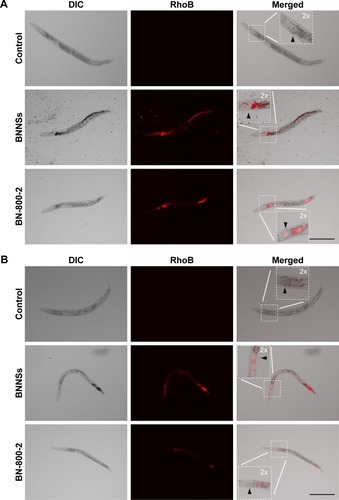
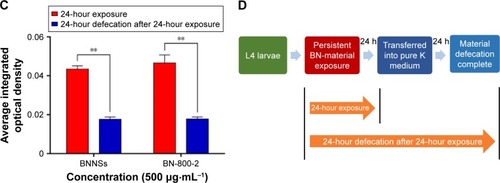
Figure 5 In vivo distribution of BNNSs and BN-800-2 in transgenic strain of AJM1.
Notes: Representative fluorescent micrography of L4-stage larvae treated with (A) RhoB-labeled BNNSs (500 µg·mL−1) or (B) BN-800-2 (500 µg·mL−1) in K medium for 24 hours (n=50). GFP labels mouth, pharynx, vulva, and part of intestine. Scale bars 100 µm and 20 µm, respectively.
Abbreviations: BNNSs, boron nitride nanospheres; BN-800-2, highly water-soluble boron nitride; DIC, differential interference contrast; RhoB, rhodamine B.
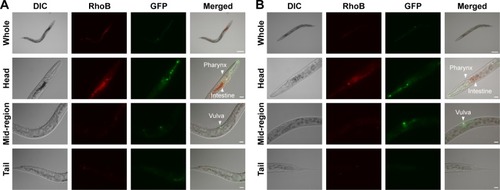
Figure 6 ROS production in BNNS- and BN-800-2-exposed wild-type and mutant worms.
Notes: (A) Representative fluorescent micrography show intestinal ROS production in the wild-type and five mutants treated with BNNSs or BN-800-2 at a concentration of 500 µg·mL−1. (B) Quantification of average integrated optical density of ROS visualized by ROS probe in the mutants indicated in A (n=50). The wild-type and five mutant worms at L4-stage larvae were treated with indicated BN materials in K medium for 24 hours. Data presented as means ± SEM, *P<0.05; **P<0.01. Scale bar 200 µm.
Abbreviations: ROS, reactive oxygen species; BNNSs, boron nitride nanospheres; BN-800-2, highly water-soluble boron nitride; SEM, standard error of mean.
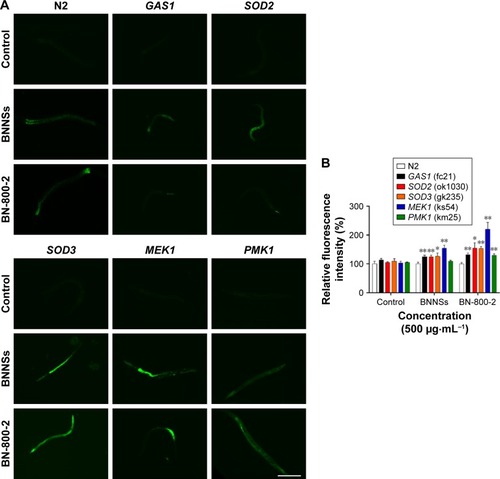
Figure 7 BN-material accumulation in wild-type and mutant worms.
Notes: (A) Representative fluorescent micrography of indicated mutants treated with RhoB-labeled BNNSs and BN-800-2 (500 µg·mL−1). The control was untreated. (B) Quantification of average integrated optical density of RhoB in worms from A (n=50). Wild-type and five mutant worms at L4 larval stage were treated with indicated BN materials in K medium for 24 hours. Data presented as means ± SEM. **P<0.01. Scale bar 200 µm.
Abbreviations: BNNSs, boron nitride nanospheres; BN-800-2, highly water-soluble boron nitride; RhoB, rhodamine B; SEM, standard error of mean.
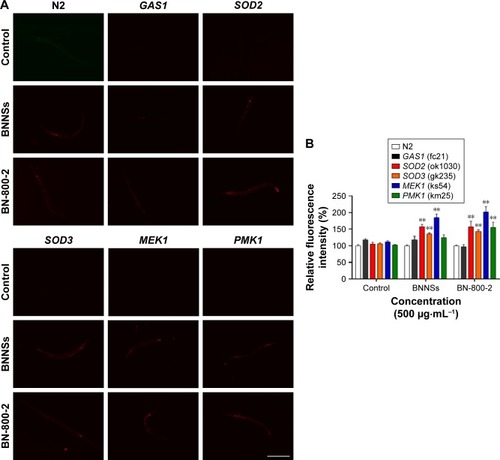
Figure 8 Growth and locomotion defects in BN-exposed mutants.
Notes: (A) Length of wild-type and mutant larvae consecutively exposed to 500 µg·mL−1 of BNNSs or BN-800-2 from L1-stage larvae was measured every 24 hours for 3 days (n=10, three repeats). Effects of exposure to BNNSs or BN-800-2 on head thrashes (B) and body bends (C) in wild-type and mutant L4-stage larvae after exposure for 24 hours (n=15, three repeats). Worms were maintained in K medium in 24-well plates at 20°C. Data presented as means ± SEM. *P<0.05; **P<0.01.
Abbreviations: BNNSs, boron nitride nanospheres; BN-800-2, highly water-soluble boron nitride; SEM, standard error of mean.
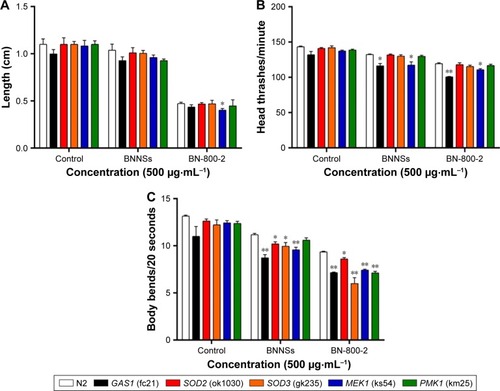
Figure S1 BNNSs and BN-800-2 suspensions/solutions in water or K medium at a concentration of 500 µg·mL−1.
Notes: BNNSs or BN-800-2 were suspended or dissolved into water or K medium, and the mixture was sonicated for 10 minutes.
Abbreviations: BNNSs, boron nitride nanospheres; BN-800-2, highly water-soluble boron nitride.
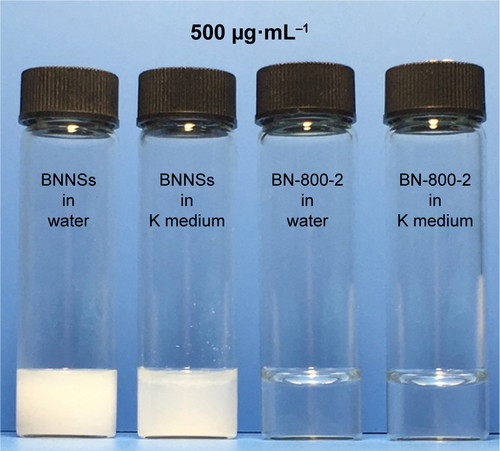
Figure S2 The GABA nervous system in untreated control and BNNS- and BN-800-2-exposed worms.
Notes: (A) BNNSs or BN-800-2 (500 µg·mL−1) were used to treat L4-stage larvae whose GABA motor neurons expressed a GFP construct (oxIs12) driven by a GABA motor neuron-specific promoter (n=30). The worms were cultured in K medium without food for 24 hours during the treatment. Arrows indicate the position of D-type neurons in the control. Inset images are enlargements of regions outlined by small boxes. (B) Quantification of fluorescence intensity in worms treated as described in A. Data presented as means ± SEM. **P<0.01. Scale bar 100 µm.
Abbreviations: BNNSs, boron nitride nanospheres; BN-800-2, highly water-soluble boron nitride; GABA, γ-aminobutyric acid; SEM, standard error of mean.
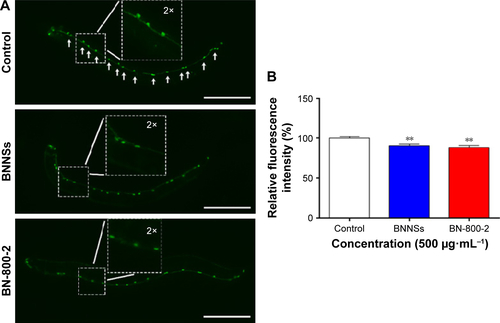
Figure S3 Defecation kinetics of worms after BN exposure.
Notes: Worms were subjected to 24-hour exposure to RhoB-labeled BNNSs and BN-800-2 (500 µg·mL−1) in K medium (n=20). After exposure, the worms were washed and transferred to a clean plate for defecation in the absence of food. Complete defecation was defined as no RhoB-labeled BN materials observed in whole intestinal lumen of worms, the amount of which was recorded at 0, 15, and 30 minutes and 1, 3, 5, and 7 hours from transference. Data presented as mean ± SD.
Abbreviations: BNNSs, boron nitride nanospheres; BN-800-2, highly water-soluble boron nitride; RhoB, rhodamine B.
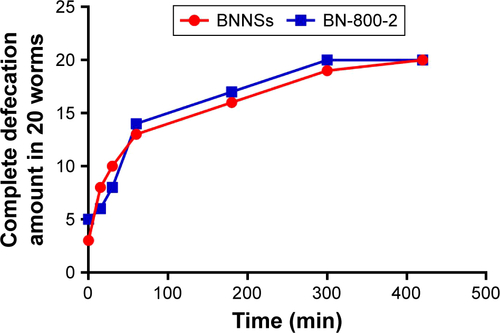
Figure S4 mRNA expression of oxidative stress-response genes in BNNS- or BN-800-2-exposed MEK1 and PMK1 mutant Caenorhabditis elegans.
Notes: The relative expression of genes related to oxidative stress response in MEK1 (A) and PMK1 (B) mutant C. elegans with exposure to BNNSs or BN-800-2 at a concentration of 500 µg·mL−1 for 24 hours. Three experimental repeats (three technical replicates for each experiment); C, control. All mRNA levels were normalized to ACT1 mRNA levels and expressed as fold change relative to the untreated control. All experiments were done by exposing L4-stage larvae to BNNSs or BN-800-2 in K medium in 24-well plates at 20°C. Data presented as means ± SEM. *P<0.05; **P<0.01.
Abbreviations: BNNSs, boron nitride nanospheres; BN-800-2, highly water-soluble boron nitride; SEM, standard error of mean.
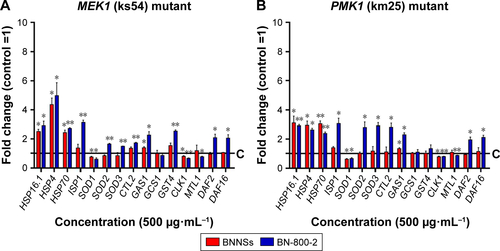
Table S1 Information on genes related to stress response in Caenorhabditis elegans
